Eating Local- What it Means and How To Do It
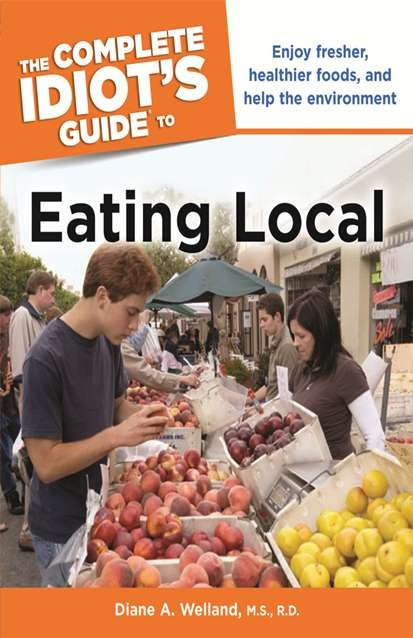
Local food products are quite the buzz lately. Any time you shop at the supermarket and see products like local honey or local jams, they’re typically strategically placed where fresh produce is to give you the feeling of shopping at an outdoor market. Speaking of those, farmers markets are the place to be on a Saturday morning where local products abound and purchasing them is seen as one of the best ways to support small business, community and environment.
But what does it really mean to shop local, hence eat local? How important is it? Is it really better than buying products shipped in from faraway lands or big box stores that sell low-priced mass produced products? We may ask ourselves all these questions and have all the right intentions to do what’s right for community and planet, as well as our own pocketbooks, but how is it even possible to eat local on a regular basis?
In Diane Welland’s book, The Complete Idiot’s Guide to Eating Local, she takes us through how to do just that and more which includes tips on off-season options, where to find good bakeries, regional cuisine, cooking classes, designing a garden and more- it’s just a wonderful resource to have on hand if you’re serious about wanting to eat local or simply want to do a little more research on whether or not it’s something you would consider. Either way, read on and enter the giveaway for a copy of her book at the end…
A Summary of The Complete Idiot’s Guide® to Eating Local
You want to eat healthy, fresh foods, and at the same time, be good to the environment. But it’s a challenge to know what is available, when it is available, and where you can get it locally.
You can find your favorite foods – and discover new favorites – without headaches and a tank of gas. The next best thing to a personal tour through your local farmers’ market, this helpful guide gives you:
- A primer on why eating close to the land not only rewards you with healthy, incredible-tasting food, but also supports your community and your planet.
- A look at heirloom vegetables, seasonal fruits, fresh meats and dairy products, and other local food near you.
- Tips for shopping local at food festivals, CSAs, U-picks, and even supermarkets.
- Suggestions for making the most of your harvest, including 25 regional recipes highlighting local specialties.
Facts, Tips and Figures of The Complete Idiot’s Guide® to Eating Local
- In the Food, Conservation, and Energy Act of 2008, Congress defined a “locally produced agricultural food product” as any food product sold or marketed either 400 miles or fewer from the place where it was originally grown or raised or in the state where the product is produced
- Although many local values are in line with organic ideals, not all local food is organic and vice versa
- A typical American meal contains ingredients from five foreign countries
- More than half of U.S. adults’ vegetable intake comes from potatoes, lettuce, onions, and tomatoes
- The top fruits in the diets of American adults are oranges, grapes, apples, and bananas
- According to the National Resources Defense Council, if all Americans eliminated one 4-ounce serving of beef per week, the reduction in global warming would be equivalent to taking 4 to 6 million cars off the road
- America has the cheapest food in the world
- More and more restaurants are going “hyperlocal” which means raising or growing their own food onsite or nearby.
- Local farmers’ markets can offer a wider variety of fresh produce than your typical supermarket
 Diane Welland M.S., R.D. Biography
Diane Welland M.S., R.D. Biography
Diane Welland is a registered dietitian, freelance food writer and award-winning recipe developer based in the Washington, D.C. area. She writes for a variety of consumer and trade publications, websites and blogs, specializing in stories on food and food trends, nutrition, health and fitness and is the author of The Complete Idiot’s Guide® to Eating Clean (Alpha Books, December 2009) and The Complete Idiot’s Guide® to Eating Local (May 2011).
A former contributing editor for Environmental Nutrition Newsletter, Welland writes for Clean Eating Magazine, the American Heart Association and has been a blogger for Cooking Light magazine. Her work also appears in VIV magazine, Relish Magazine, Northern Virginia magazine, Sizzle Magazine, Cowboys and Indians, National Culinary Review, NBC Washington and Today’s Dietitian. In addition to writing, she is an accomplished speaker and has presented at national, international and state conferences. Recently she has spoken at several state dietetic association meetings as well as at the International Association of Culinary Professionals annual conference and the Society of Nutrition Educators annual conference. Welland is also an adjunct faculty member at Northern Virginia Community College, teaching nutrition and food science classes.
During her 17-year freelance career Welland spent 5 years as Executive Director and Director of Communications for the International Caterers Association, and 14 years as editor and copywriter for HealthNext and Quintessential magazines published by U.S. Foodservice.
Welland has experience in public relations, marketing and website management for various national and international food trade associations and corporations across the country. She holds a Masters of Science degree from New York University and dual Bachelor degrees in Communication and Human Nutrition from Rutgers University. She is an active member of the American Dietetic Association, Food and Culinary practice group and chair of the Nutrition and Food Science Section of the International Association of Culinary Professionals and Slow Foods USA. Previously she was manager of nutrition services and media spokesperson for the National Restaurant Association in Washington D.C. as well as an account executive for various public relations firms in New York City.
Visit her website at http://www.DFoodie.com. Also, connect with Diane on Twitter, @eatcleanguru and through her blog at http://eatwelleatclean.com.
About the Giveaway
Diane is giving away one copy of her book, The Complete Idiot’s Guide to Eating Local.
To enter, please read our Official Giveaway Guidelines page first then add a relevant comment answering the question below in order to be entered. Entering indicates you have read the guidelines. Giveaway ends at 12:01 am on August 28, 2012.
Are you a locavore (one who eats local as much as possible)? If so, how do you do it effectively? If not, what are some of the challenges or obstacles you feel come in the way of doing so?
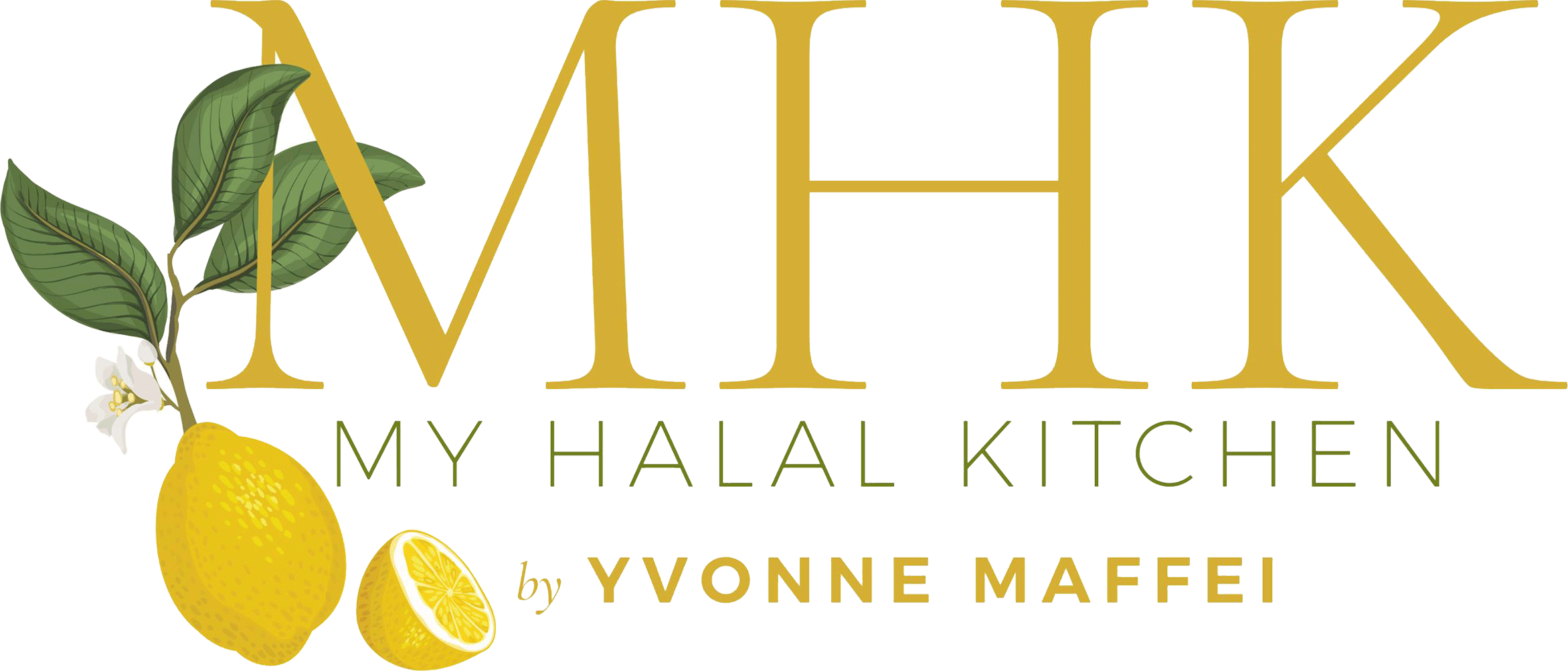
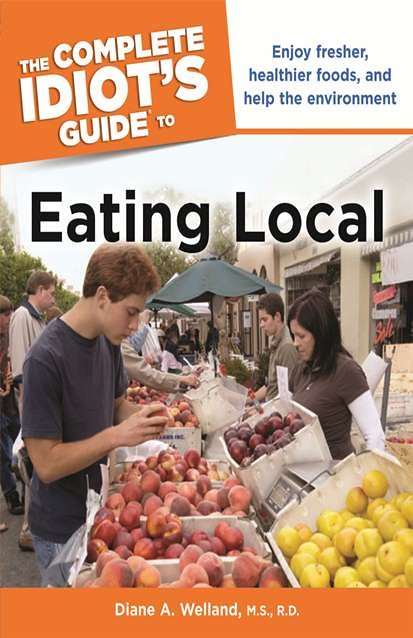

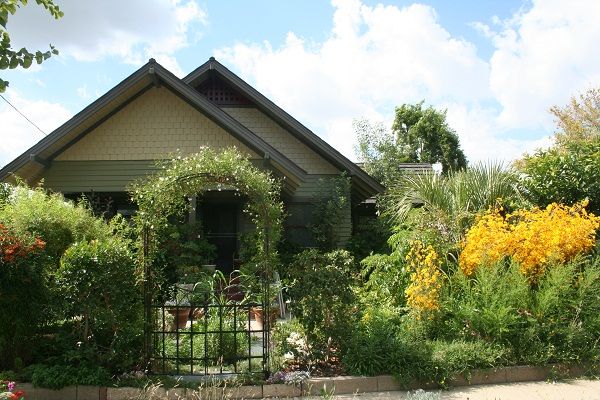
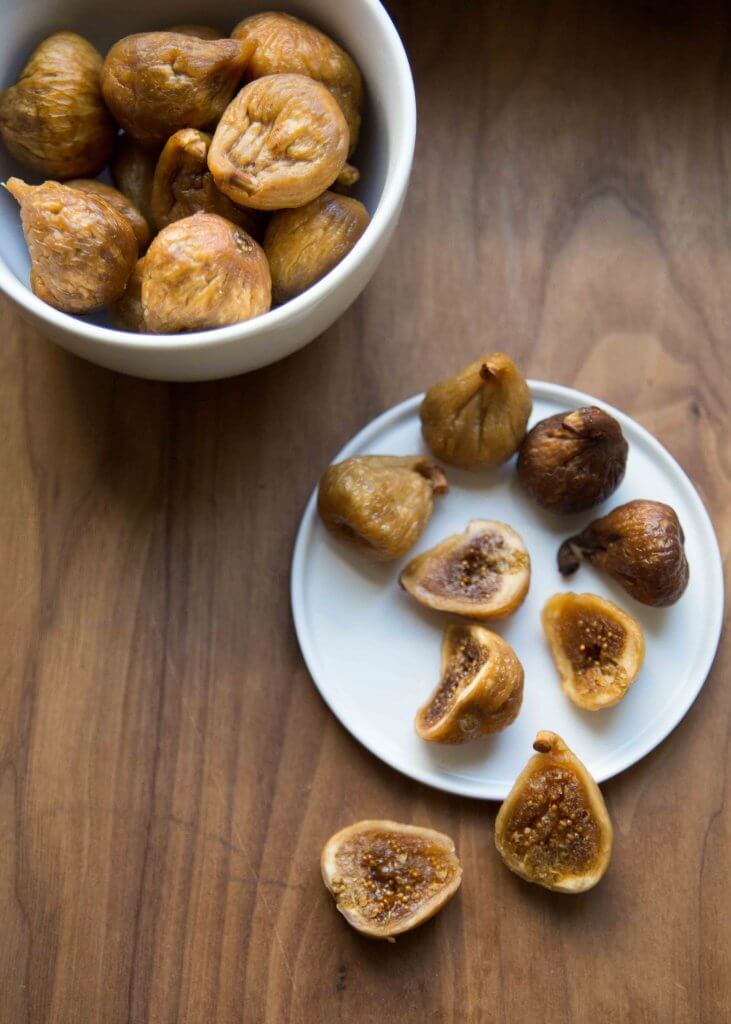
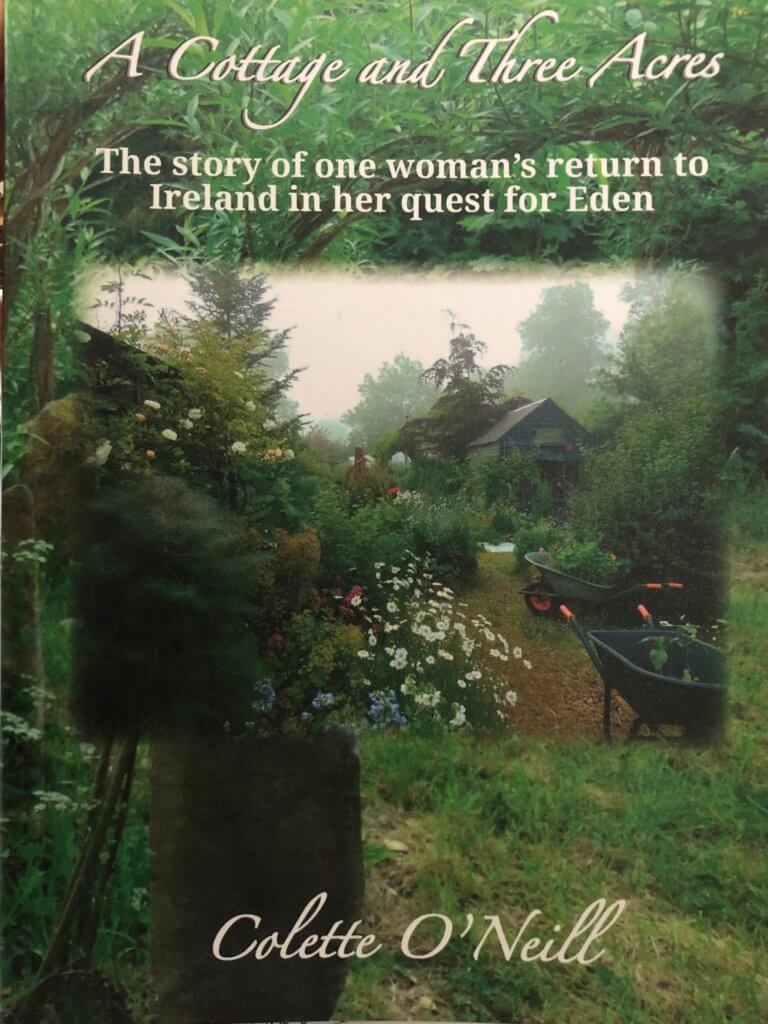



I’m doing the best I can. I get a CSA box every week and raw milk and eggs from a farm nearby. We also get shares on local beef and lamb. If I do buy produce at the store I want it to be at least from within California, which means no grapes out of season. My main challenge: seafood!
I’m also trying to be a locavore. I’m lucky to live in Georgia where we have a wide variety of local produce and there is an abundance of farmers’ markets, u-pick farms, and small mark-shift produce stands that pop-up on the side of the roads. I’m also OK with getting produce from neighboring Florida; it’s only slightly over the 400-mile mark. Sorry, but I LOVE mangoes in the summer! 🙂
I’m becomming more conscious of eating locally and the impact it has.
Since there is no halal store in our area. We started learning more about local farming and getting to know farmers to get our meat. In this process, we learned more about local produce as well and now we eat only if we know where it has come from.
This book will add to our knowledge!
I try the best I can. It is a little hard though because some things get really expensive quickly.
Eating locally is probably much easier where I live (the Bay Area) than in most places, as there’s no shortage of daily farmer’s markets and co-ops selling locally-sourced produce/meat, as well as restaurants that prepare meals with local ingredients. There’s pretty much no excuse not to go local with all of the options we’re blessed with out here! My biggest guilty pleasures are bananas and other imported fruits